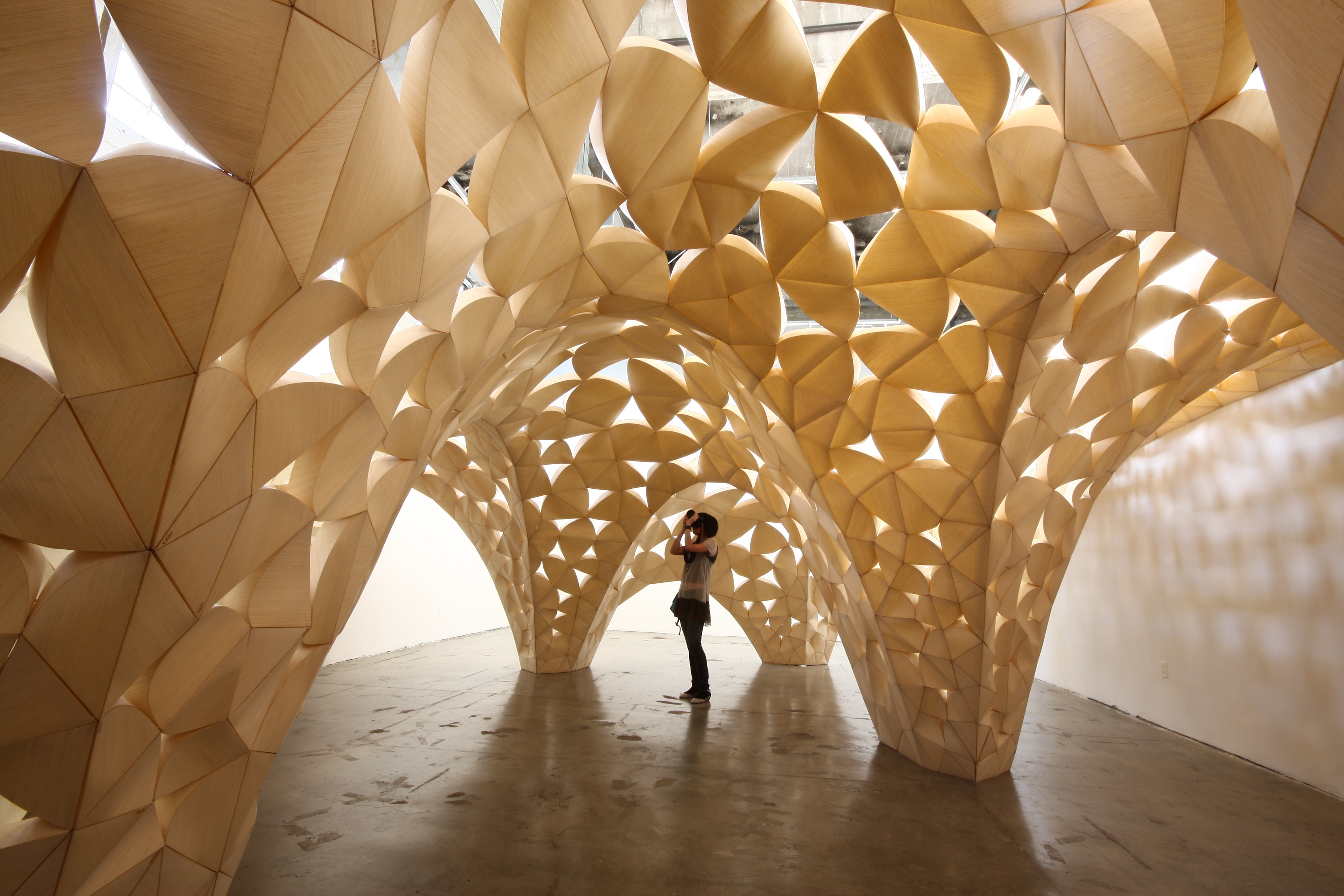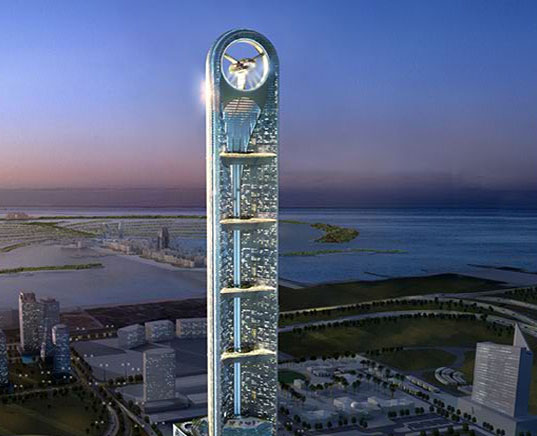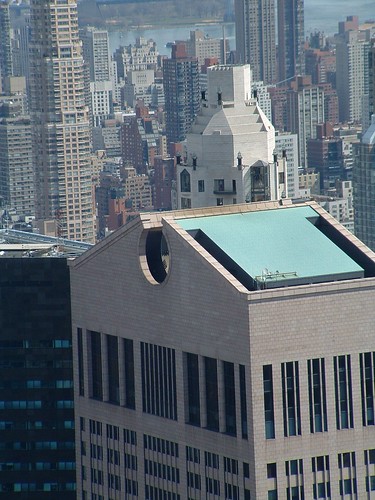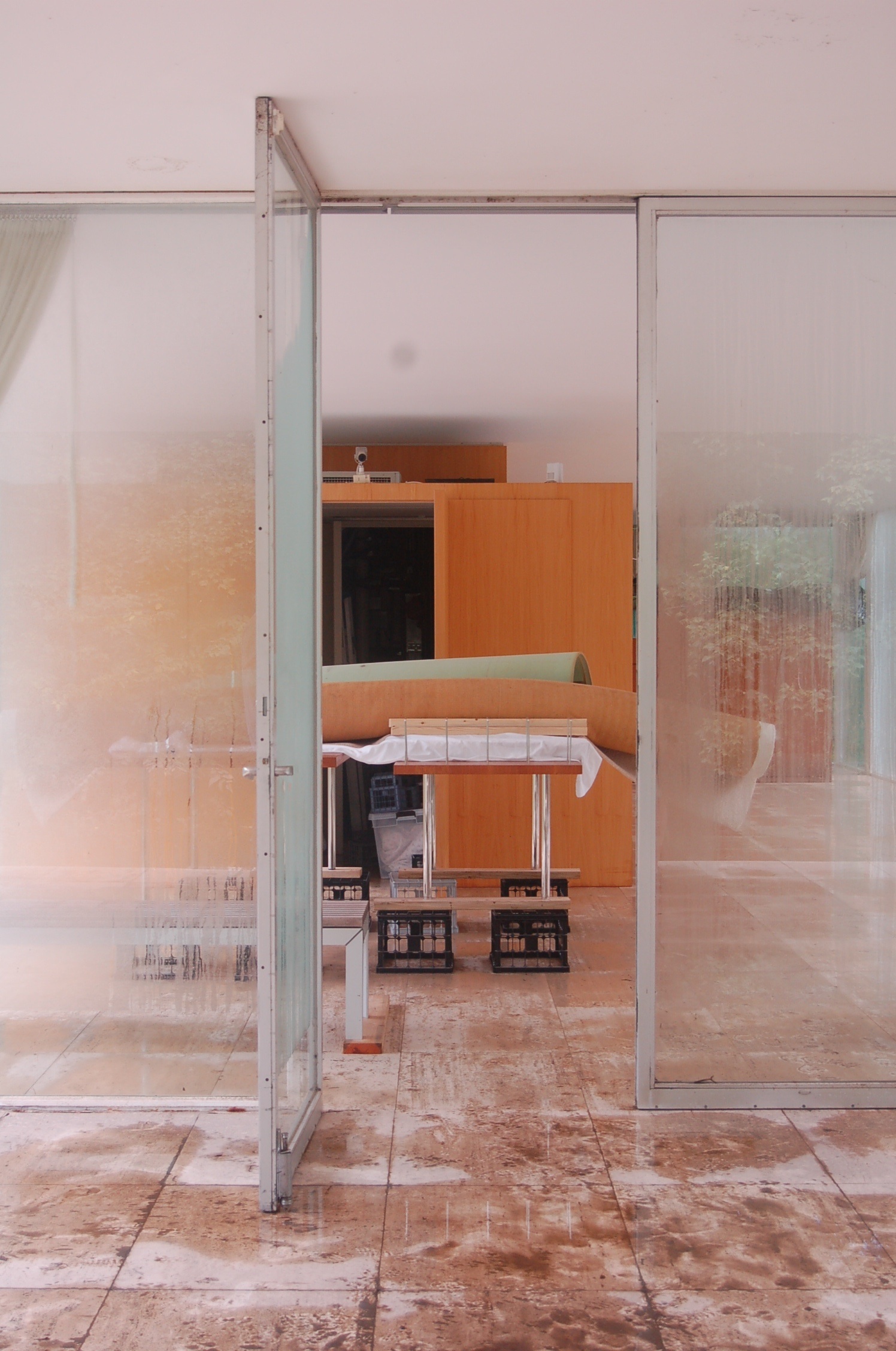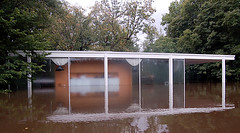With the recent closing of many of the area’s Circuit City stores and the bleak financial forecast, this Sunday’s Washington Post article about what to do with big box stores after they close down, seemed to be fortuitously timed to impact the local planning discourse. For this article, the Post assembled a collection of local architects and artists, such as Darrel Rippeteau, Roger K. Lewis, Esocoff & Associates, et al., and asked them how they would reuse a big-box store.
The graphics in this article are intriguing and open an sub/urban planning discussion on what to do with the trappings of early twenty-first century American development once this business model has changed. The proposals include luxury housing, gardens, vineyards, and other adaptive reuse measures. This is all green and good, but I have to question the safety and cost of reusing these big box stores. Like fast food franchises, big box stores are not built to last. They are not constructed with any concept of their permanence, instead they are meant to go up quick and cheap and come down the same way when the new mega-ultra-super mart opens around the corner. The advantage of reusing old warehouses and factories is that theses large masonry structures were built to last and much of these structure can be re-purposed for less a strenuous program. This advantage would not be present in the Circuit Cities which will soon find themselves lacking a purpose.
There was one proposal that stood out to me, instead of re-imagining the big box store, it adapted the parking lot to a more urban context. The design called for two “linear buildings” surround a “parking module.” This strategy is closely related to one of the common forms for multifamily construction – the Texas Donut. In this strategy the parking garage is surrounded by the program, hiding it from view and creating a “safe” place for parking. This is a strategy that has become quite common in urban fringe development and could be beneficial in creating density within the big box context. The other reason this strategy caught my eye is that in my Thesis project for architecture school, I repurposed the parking lot of a Wal-Mart in New Orleans to create a public plaza and a municipal library. Part of the goal of my project was to acknowledge the big box stores as the modern equivalent of the urban market and to reintegrate them into the civic context.
